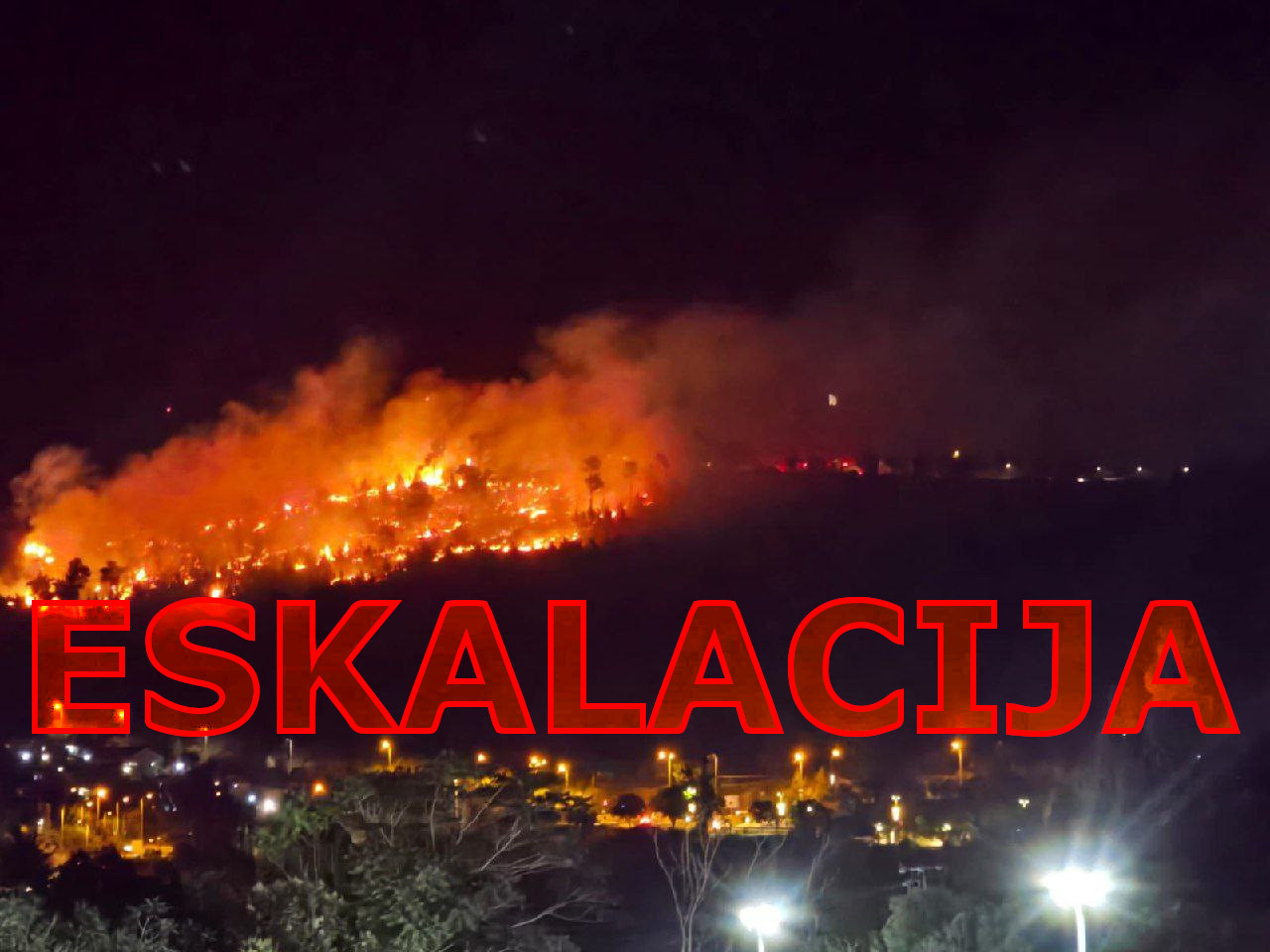![]()
The north of occupied Palestine
The last two weeks have been spent in Israeli preparations for what appears to be an upcoming offensive against Lebanon, where the stronghold of the Hezbollah organization is located. For this offensive, Israel has already mobilized reservists and brought in new brigades, some of which were withdrawn from Gaza. This planned offensive is Israel’s latest attempt to turn the situation in the north to its advantage, despite the fact that since October 7, over 200,000 settlers have been displaced by the operation from Lebanese territory.
For this reason, Hezbollah, in an attempt to dissuade Israel from attacking Lebanon, and as a sign of revenge for the murder of one of its commanders, on June 13 carried out the biggest attack so far since the beginning of the war. In the attack, Hezbollah attacked 15 military outposts with 30 drones and 150 rockets. Among the targets were the headquarters of the Northern Command, the headquarters of the Northern Intelligence Center, as well as the headquarters of the 7th Armored Brigade.

Yemen
On June 12, the Houthis carried out two joint operations with the Islamic resistance in Iraq against Israel, targeting very important military facilities in Ashdod, a city in the west of Israel, and in Haifa, a city in the north of Israel. These attacks were carried out with rockets and drones.
Yemen continued to target commercial ships, whose companies cooperate with Israel, as well as Western coalition ships. On June 9, the Houthis, in response to Israel’s massacre in the Nusayrat camp, carried out a military operation in which they targeted the British destroyer “Diamond” in the Red Sea with several ballistic missiles. Meanwhile, the Houthis carried out multiple attacks on commercial ships, causing extensive material damage. The ship “Tutor” was hit simultaneously by sea and air drones, as well as ballistic missiles.
Palestine
The Israeli army declared Jenin a closed area. Immediately after that, the troops began to destroy the city around the Al-Amal hospital, and in the rest of the city, roads, shops and everything else that can enable the relatively normal daily life of the people in Jenin were destroyed. Particularly fierce conflicts are taking place over the control of one of the buildings in Kabatiya, which can be considered part of the wider Jenin zone. In addition to the attack in Jenin, clashes are also taking place in Tulkarem and Nablus. Clashes lasted practically over 10 hours, and Israeli troops opened fire on medical aid teams that tried to approach the conflict zone, as well as on journalists.
During the conflict, at least one Israeli soldier was wounded, while the final number of wounded and dead Palestinians is unknown. What can be confirmed with relative certainty is that the conflicts are extremely difficult for the Israeli army, because in addition to a large amount of armored vehicles, the army also used an Apache combat helicopter this time.

Gaza
Ashdod, Ashkelon, Sderot and several other cities were the target of artillery-rocket attacks by the Palestinian resistance, which was carried out in response to Israel’s constant shelling and bombing along the entire Gaza Strip. PFLP (People’s Front for the Liberation of Palestine) units stood out in the rocket attacks by Israeli formations. In the town of Rafi, which has been exposed to brutal Israeli attacks for over a month, PFLP units fired mortar weapons at Israeli troops, while in the direction of Netzarim, Israeli units fired short-range rockets, only a day after the withdrawal of the Israeli 98th Division from Gaza.
Despite the fact that the PFLP has suffered losses in its commanding staff, successful military actions, as well as political performance within the general Palestinian resistance, show that the organization still has solid ground under it and is ready to continue to perform successfully.


